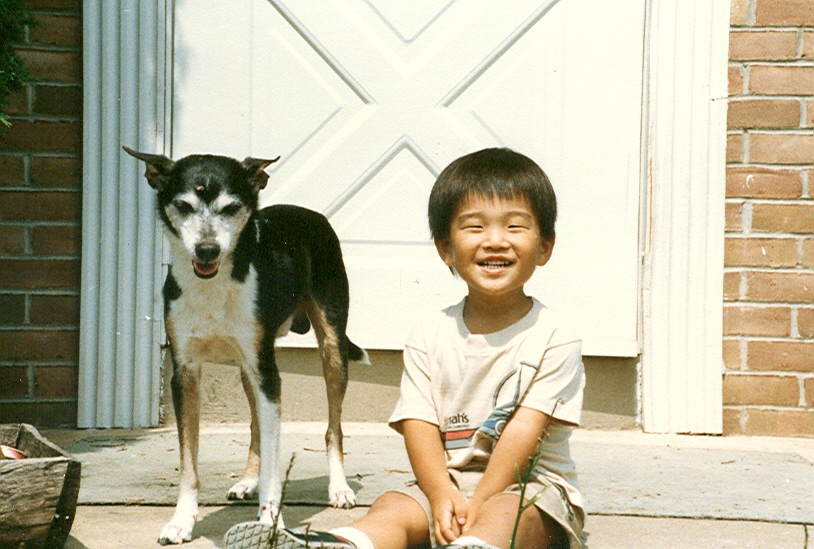Dr. Leanne Proops from the Department of Psychology of Portsmouth University conducted a study to see if children would respond positively to a robotic therapy dog vs a real dog. The researchers used a biomimetic robot at a West Sussex school with 34 children who ranged in age from 11 – 12. The robotic dog was a MiRo-E biomimetic robot developed by Consequential Robotics.
They also used two real therapy dogs, a Jack Russel mix and a Labrador who were from the Pets as Therapy group.
Before the therapy session the children were asked to fill out a questionnaire about how they felt about the real dogs and the robot. The researchers found that the children spent the same amount of time petting the real dogs and the robot, but they spent more time interacting with the robot.
The children did report that they preferred the session with the real dog. However, they did express more positive emotions after interacting with the robot.

Even though this was a small study, the researchers are hopeful that in cases where children are afraid of dogs or are allergic to them that robots could be a substitute for real therapy dogs. The robots could also become more available with little or no upkeep and training requirements.
My comment: However, there was no way based on this report to judge if the children interacted with the robot more because it was unique and different. Dogs are not uncommon for most children, robots are.

